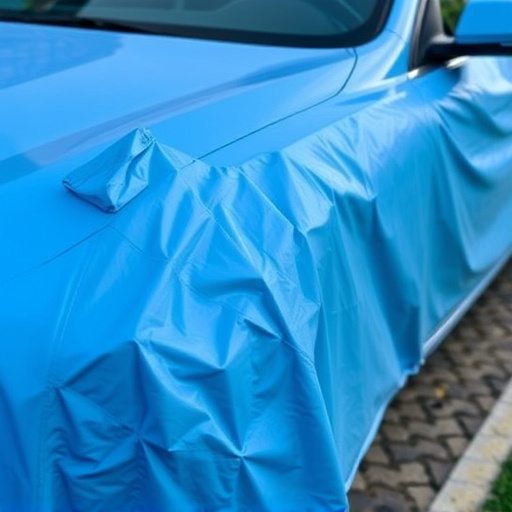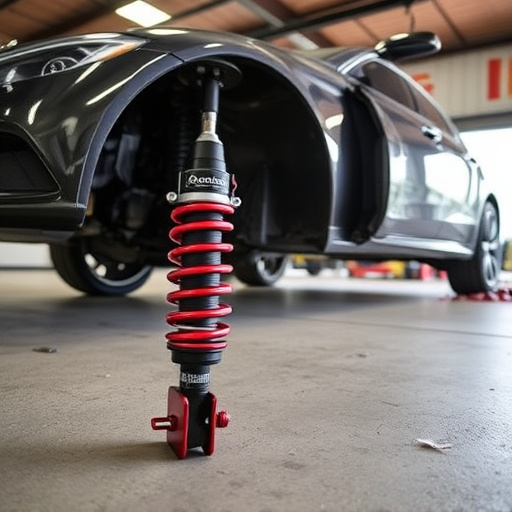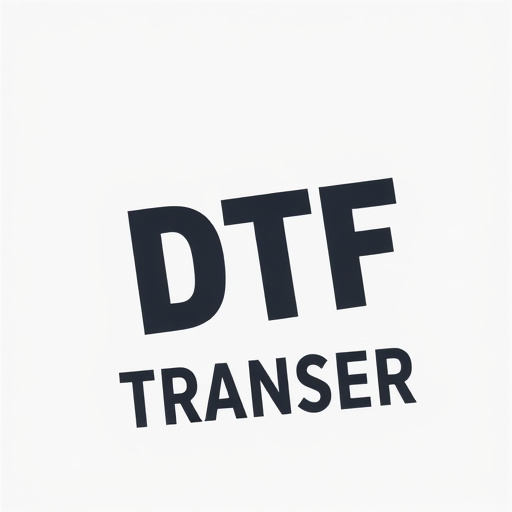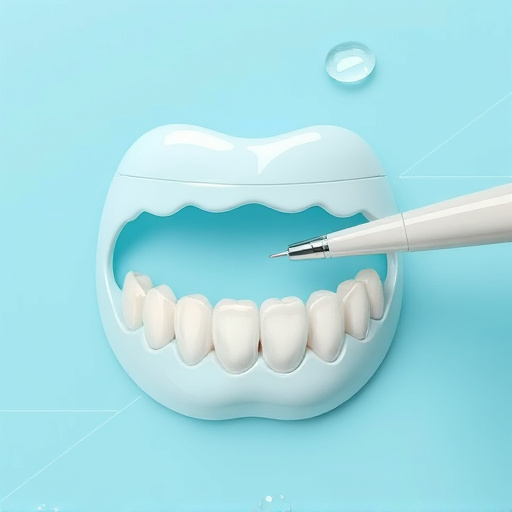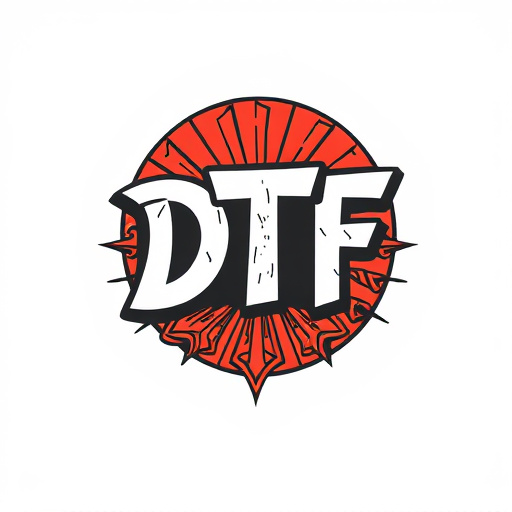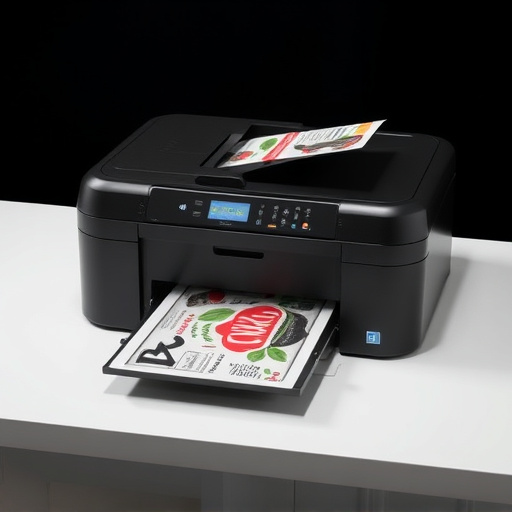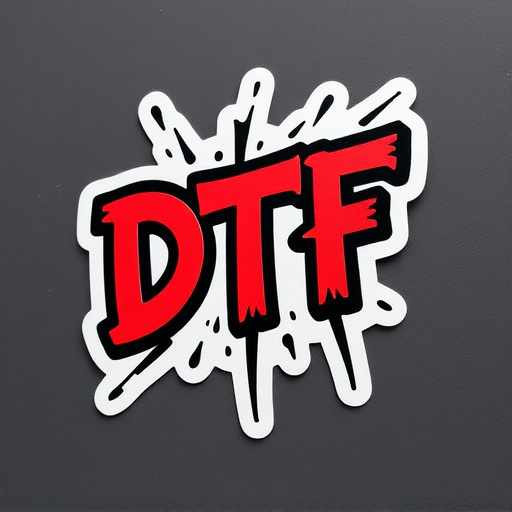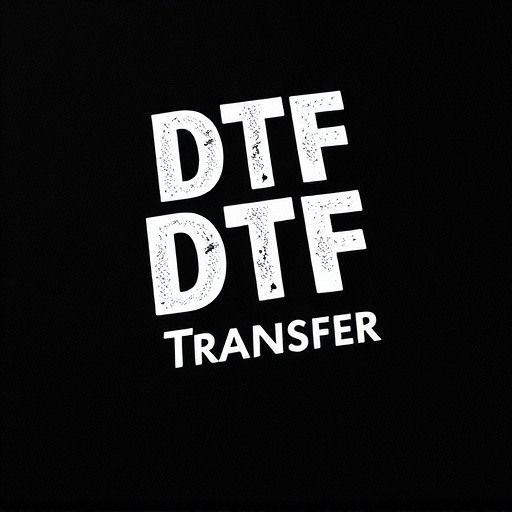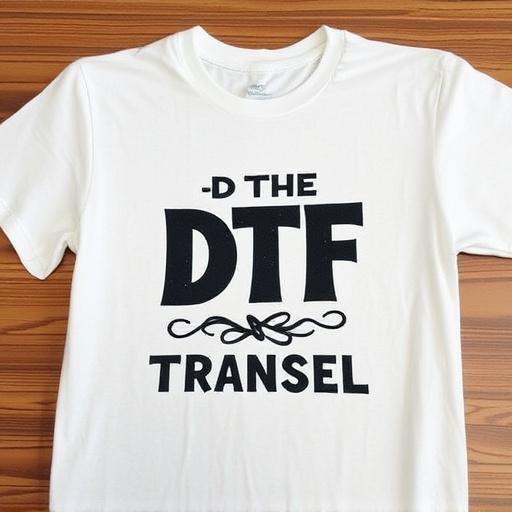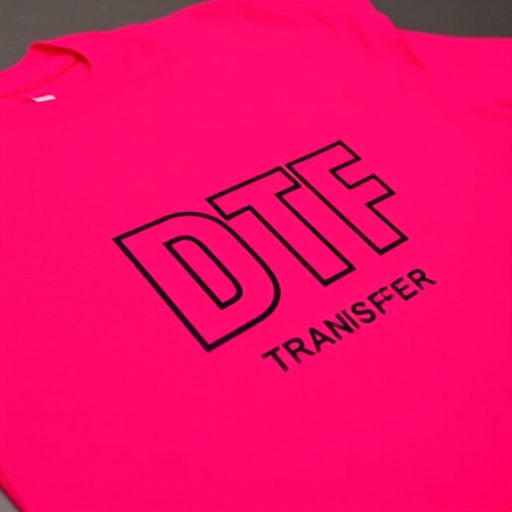Direct-to-Film (DTF) transfers have revolutionized t-shirt printing by offering high-quality designs on diverse fabrics using a digital file to film process. This method features vibrant colors, crisp details, and versatility for complex artwork and photographic prints, all while being quicker than traditional screen printing. DTF is cost-effective for smaller batches or one-off designs, eliminating setup fees and specialized equipment. The ideal DTF transfer should ensure long-lasting, high-resolution prints on various fabrics, with excellent adhesion and resistance to fading. Mastering DTF involves technical knowledge and creative skill, using specific temperature and pressure settings for optimal results. Designing DTF transfers offers a vast creative canvas, leveraging bold fonts and captivating color palettes. In sustainable fashion, DTF transfers minimize environmental impact by reducing toxic chemicals and water usage.
“Unleash your creativity with Direct-to-Film (DTF) transfers—a game-changing technique for designing unique t-shirts. This comprehensive guide explores the art of DTF printing, offering a fresh perspective on textile decoration. From understanding the process to choosing the right materials and mastering design techniques, we delve into the benefits and potential of DTF. Get ready to transform ordinary tees into extraordinary works of art with this innovative approach, combining high-quality prints and sustainable practices.”
- Understanding Direct-to-Film (DTF) Transfers: A Comprehensive Overview
- The Benefits of DTF for T-Shirt Decoration: Unlocking Creative Possibilities
- Choosing the Right DTF Transfer Material for Optimal Print Quality
- Mastering the Printing Process: Techniques and Tips for DTF on T-Shirts
- Design Ideas to Inspire Your DTF T-Shirt Creations
- Sustainability Considerations: Eco-Friendly DTF Transfers for Conscious Designers
Understanding Direct-to-Film (DTF) Transfers: A Comprehensive Overview
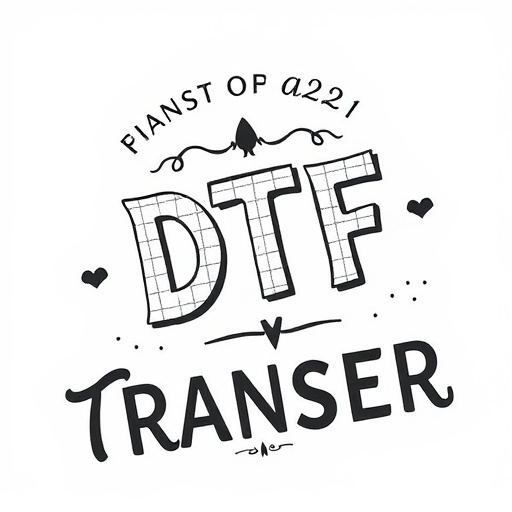
Direct-to-Film (DTF) transfers have revolutionized the way we print and decorate t-shirts, offering a unique and efficient method for achieving high-quality designs on a variety of fabrics. This innovative technique involves transferring ink directly from a digital file to a specific film, which is then applied to the garment using heat and pressure. DTF transfers provide a number of advantages over traditional printing methods, including vibrant colors, crisp details, and a wide range of applicable fabrics, making them an increasingly popular choice for custom t-shirt designers and businesses alike.
DTF Printing allows for exceptional versatility in terms of design possibilities, as virtually any image or graphic can be translated onto the film. This makes it an ideal option for creating custom t-shirts with complex artwork, photographic prints, or intricate patterns. The process is also remarkably quick compared to traditional screen printing, making DTF a game-changer for those looking to fulfill orders promptly without compromising on quality. Additionally, DTF transfers offer cost-effectiveness, especially for smaller batches or one-off designs, as there’s no need for costly setup fees or maintaining specialized equipment.
The Benefits of DTF for T-Shirt Decoration: Unlocking Creative Possibilities
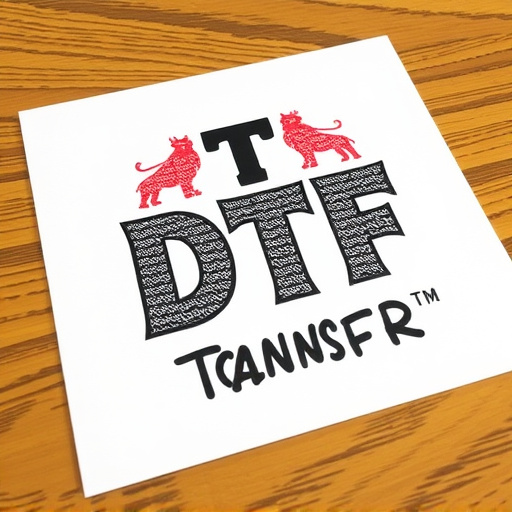
Direct-to-film (DTF) transfers have revolutionized the way we decorate t-shirts, unlocking a whole new realm of creative possibilities. Unlike traditional printing methods that are often limited in terms of design complexity and color vibrancy, DTF offers unparalleled precision and detail when it comes to applying graphics and text onto fabric. This modern technique allows for high-resolution prints, ensuring that intricate designs and fine lines are reproduced with remarkable clarity.
One of the key benefits of DTF for t-shirt decoration is its versatility. It accommodates a wide array of design elements, from bold typography and eye-catching illustrations to complex photos and logos. This makes it an ideal choice for businesses, artists, and individuals looking to create unique, personalized garments. Moreover, DTF transfers are easy to apply, requiring minimal setup and offering fast turnaround times, which is perfect for small batch production or one-off creations. With DTF Printing, the sky’s the limit when it comes to transforming plain t-shirts into stunning works of wearable art, known as DTF prints.
Choosing the Right DTF Transfer Material for Optimal Print Quality
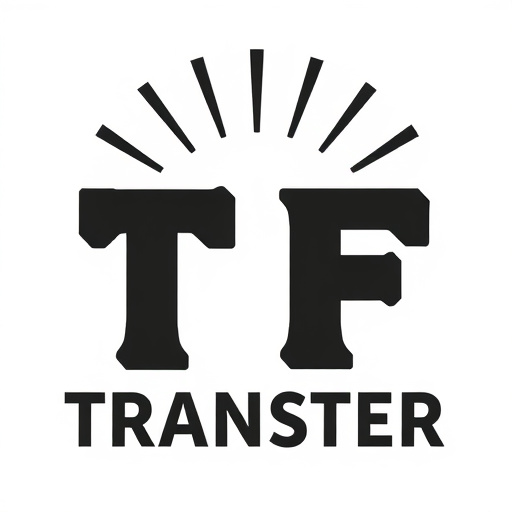
When it comes to decorating t-shirts with direct-to-film (DTF) transfers, selecting the appropriate material is paramount for achieving exceptional print quality. The right DTF transfer ensures vibrant colours, sharp details, and longevity of the design on the garment. Look for high-quality DTF materials that are compatible with your printing machine and ink types. These transfers should offer excellent adhesion to a variety of fabrics, withstand washing without fading or cracking, and provide a smooth, even surface for optimal ink absorption.
Factors such as transfer thickness, gloss level, and material composition play a significant role in the final print outcome. Thicker transfers tend to produce more durable prints while offering better opacity to prevent show-through on darker garments. Higher gloss levels enhance the vibrancy of colours and add a professional finish to DTF prints. Additionally, choosing materials with a suitable composition ensures compatibility with different fabric types, from cotton to polyesters, for versatile decorating options.
Mastering the Printing Process: Techniques and Tips for DTF on T-Shirts
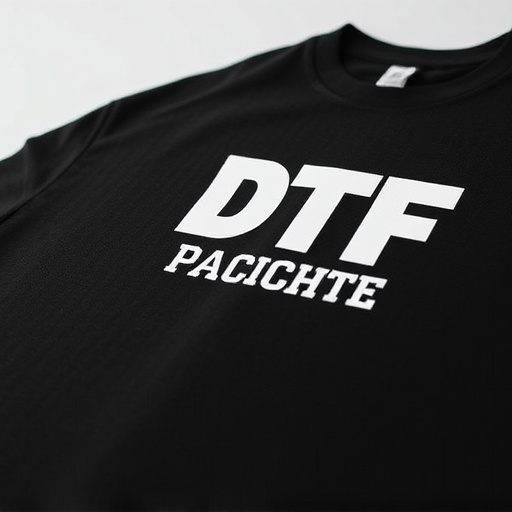
Mastering the art of Direct-to-Film (DTF) transfers for decorating t-shirts involves understanding both the technology and creative techniques. The process begins with high-quality DTF films, which are precisely cut to match your design. When applying these transfers, temperature and pressure play crucial roles in ensuring a secure bond with the fabric. It’s essential to follow recommended settings on your printer or heat press machine for optimal results.
For excellent DTF prints on t-shirts, pay attention to detail throughout the process. This includes pre-treating the shirt for optimal adhesive bonding, carefully positioning the transfer film for precise alignment, and considering the type of ink used to match the fabric color. Experimenting with different techniques like heat setting times and pressing temperatures allows you to achieve vibrant, long-lasting prints that resist fading or cracking.
Design Ideas to Inspire Your DTF T-Shirt Creations
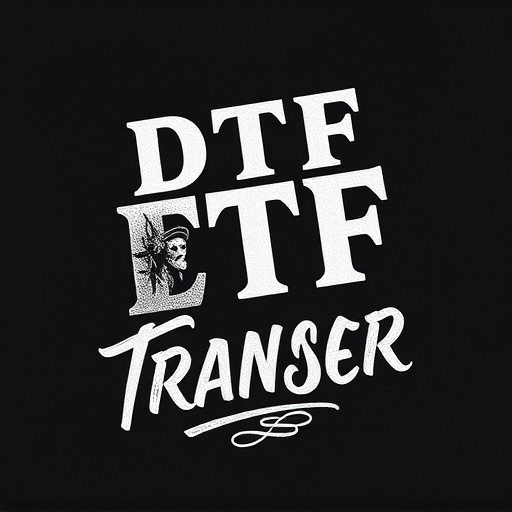
When it comes to designing your DTF (Direct-to-Film) transfer T-shirts, the possibilities are endless. Start by exploring iconic images from popular culture that resonate with a broad audience. Vintage movie posters, retro video game characters, or classic album covers can be transformed into eye-catching DTF prints with minimal editing. Think about combining these images with bold fonts to create a unique and nostalgic look.
For a more modern aesthetic, consider abstract art, geometric patterns, or even street art inspired designs. Play around with color palettes, line work, and compositions to craft statement pieces that stand out. You can also incorporate text-heavy designs featuring witty slogans, clever quotes, or humorous references. Experimenting with different fonts and typography styles will ensure your DTF transfers make a lasting impression on anyone who lays eyes on them.
Sustainability Considerations: Eco-Friendly DTF Transfers for Conscious Designers
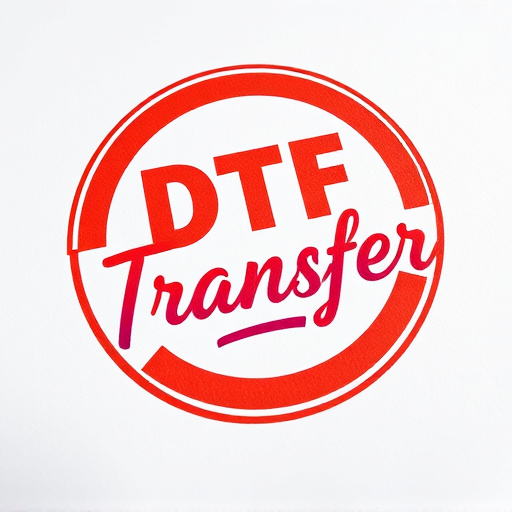
In today’s world, where sustainability is at the forefront of many industries, designers are increasingly seeking eco-friendly alternatives for their production processes. Direct-to-film (DTF) transfers offer a compelling solution for those looking to create unique, printed designs on t-shirts while minimizing environmental impact. DTF Printing involves applying ink directly onto a film, which is then transferred onto the fabric, eliminating the need for traditional screen printing methods that often rely on toxic chemicals and large amounts of water.
By choosing DTF Transfers, conscious designers can reduce their carbon footprint by cutting down on waste generated from setup and clean-up processes. Additionally, DTF Prints offer a versatile and efficient way to personalize clothing, allowing for smaller batch production and on-demand printing—a significant step towards sustainable fashion. This method ensures that only the necessary amount of ink is used, reducing excess wastage compared to traditional screen printing.
